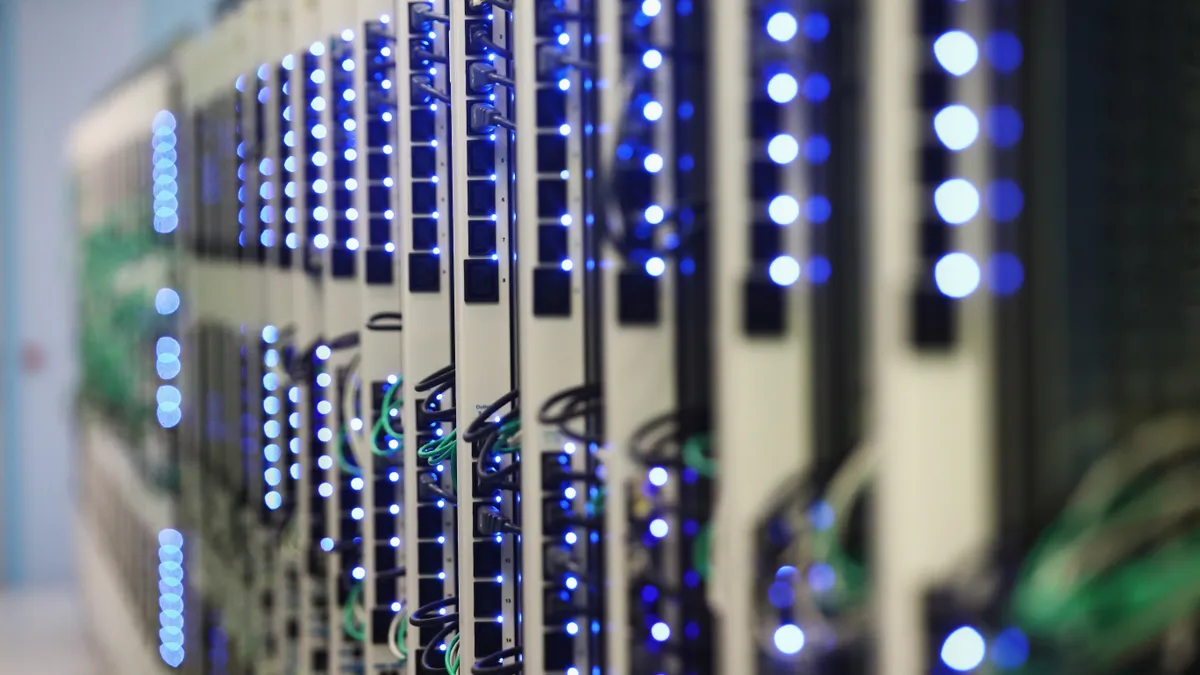Dive Brief:
- California-based contech firm Procore has released a carbon calculator tool to help firms mitigate the massive cost construction incurs against the environment, according to a press release. Procore has partnered with construction nonprofit Building Transparency to establish an integration with the organization's Embodied Carbon in Construction Calculator.
- The calculator, co-conceived and developed by Skanska and C Change Labs, contains a database of materials and their embodied carbon amounts which allows the user to compare the impacts of alternative products for their builds.
- Embodied carbon tracks how much a given product's harvesting or mining, manufacturing, packaging and transport to the jobsite contributes to global greenhouse gas emissions. The calculator will be available to all Procore customers.
Dive Insight:
Tracking embodied carbon is part of a larger focus within green building that has been sweeping through the construction industry.
Environmental, social and governance (ESG) investors have increasingly scrutinized how construction materials and building activities contribute to climate change, while the SEC recently proposed detailed rules for companies to report on their climate risk and environmental work.
Environmentally-conscious construction has been taking off in 2022, and contractors have been showing off their green projects with gusto, such as Lendlease's new Chicago highrise built with low-carbon concrete.
Daniella Meyer, Procore partner manager, told Construction Dive that the intended users for the database are architecture, engineering and construction professionals. Meyer said that it is extremely important for the procurement process to get input from all stakeholders, so that builders don't waste time going back and forth with owners and procurement specialists on orders.
"That's why this is such a collaborative thing, because while it ends up being the owners that are ultimately responsible for what the emissions are, it is going to be the designers, the architects and the engineers that determine what types of materials are best used and put into these buildings," Meyer said.
Procore saw a large increase in revenue in 2021, as technology became more widely adopted on the jobsite in the wake of issues stemming from the pandemic.
While Procore hopes the tool will help companies realize their sustainability targets and reduce carbon emissions, Meyer said that no one program would be the solution to all environmental and sustainability issues. Meyer added that Procore was open to integrating its proprietary software with outside programs to solve problems.
"Integrated software is a key part of what's going to not only make our systems more efficient, and our processes more efficient, but help us with sustainability," Meyer said.
On top of reducing embodied carbon in materials, startups and manufacturers are creating materials that are low on carbon to begin with. For example, an MIT research team is working to repurpose wood scraps for use in construction, and researchers from Worcester Polytechnic Institute in Massachusetts have created a "self-healing" concrete substitute that can remove greenhouse gasses from the atmosphere.














